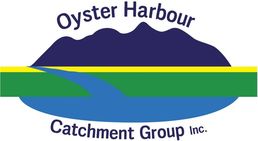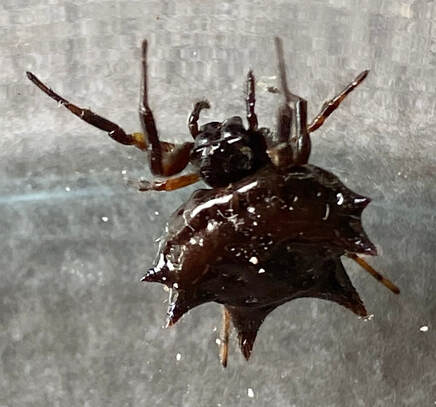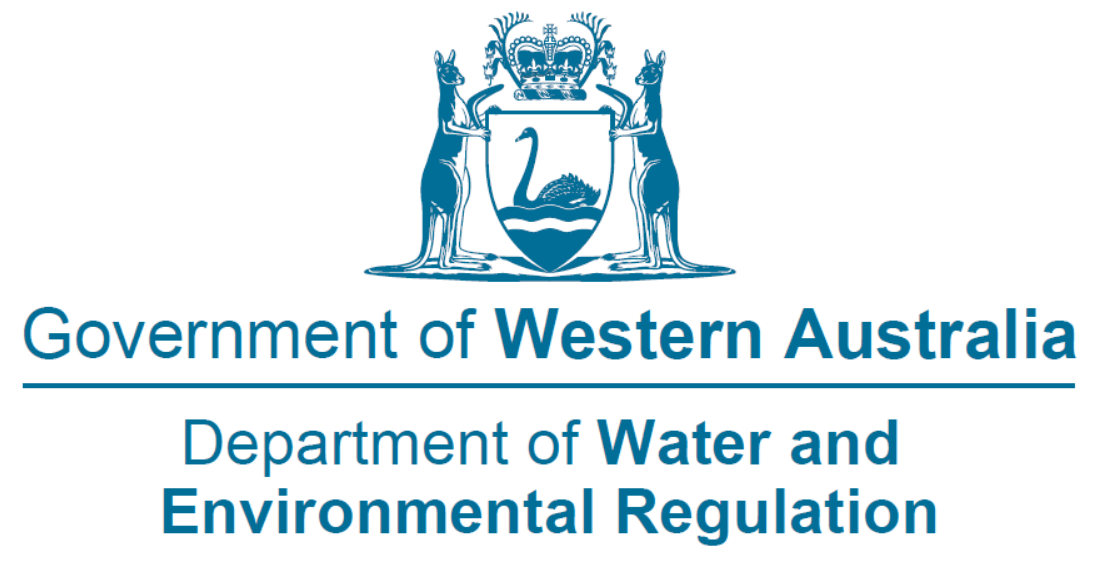Gloomy Christmas Jewel Spider
Austracantha minax sub species lugubris
Austracantha minax is commonly known as the Jewel spider or the Christmas spider. Famous for their small bright yellow, white and black bodies but this gloomy subspecies has none of those bright colours. Found in mainland Australia. Characterised by legs and abdomen that are mostly black with no bright markings. The spines are slender and taper downwards.
Fun fact: Semi-social communicating with other spiders through vibrations, by which they warn each other about threats and court each other.
We acknowledge the Minang and Koreng people as the traditional custodians of the land on which we work and live. We pay our respects to the Elders, past, present, and emerging and to the wider Noongar community.
Sponsors and Supporters













